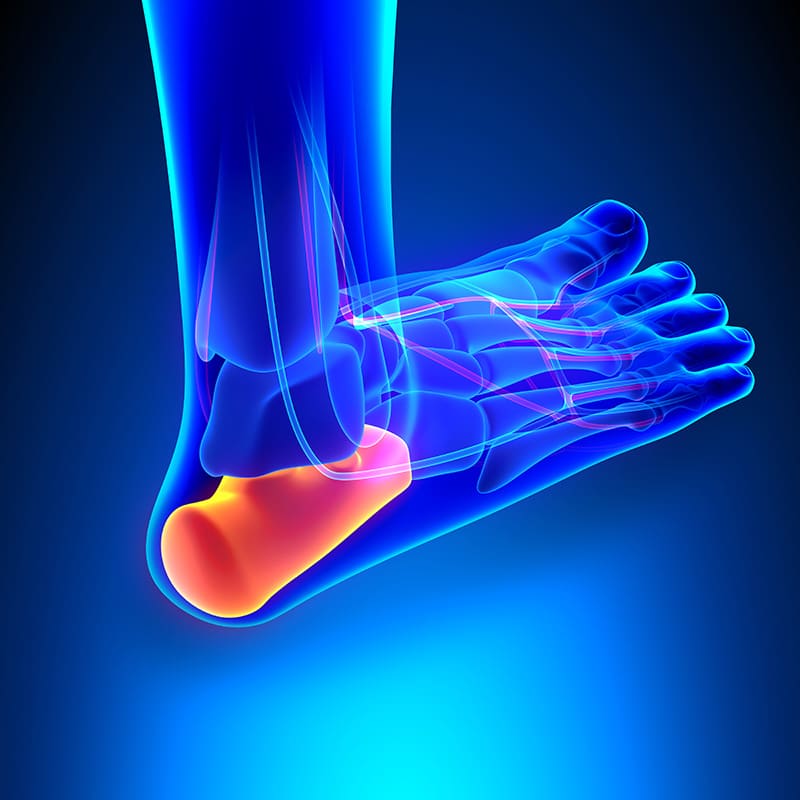Metatarsalgia

Metatarsalgia is an overuse common injury which is described as inflammation and pain in the ball of the foot. Rather than a specific disease, it is often treated as a symptom of other diseases. Athletes who participate in high-impact sports involving jumping and running have a great chance of getting a foot injury. Usually, the track and field runners experienced traumatic forces to their legs, many others including football, tennis, soccer, and baseball players experience foot injuries.
Symptoms
The primary and the most common symptom of metatarsalgia is pan at the end of the metatarsalgia bones. Typically, the pain is aggravated while running or walking. Athletes who take part in high impact activities will have an inflammatory condition like bursitis usually have diffuse midfoot and forefoot pain. The pain gradually comes within a period of several months rather than suddenly.
Interdigital neuroma or Morton’s neuroma is a condition which produces the symptoms of metatarsalgia due to inflammation and irritation of the nerve at the place where the pain is experienced. Forefoot pain and toe numbness are the symptoms experienced by the people who suffer from Morton’s neuroma.
Causes:
During sports activities, your foot can be injured. The condition for this injury may be an alteration in normal biomechanics which has caused weight distribution abnormally. Inflammation and chronic irritation of the adjacent tissues (tendons and ligaments) and bone covering are caused by persistent stress. The following are the factors which can contribute to excessive pressure on the feet.
- Prominent metatarsal heads
- Some muscles like the weak toe flexors.
- Tight Achilles tendon.
- Ill-fitting footwear.
- Muscles like the tight toe extensors.
- High level of activity
- Hypermobile first foot bone.
- Hammertoe deformity.
- Excessive pronation which is the side-to-side movement of the foot while running and walking.
Some of the anatomical conditions which may predispose the individuals to foot problems include:
- Hammertoe deformity
- A high arch
- A long second metatarsal bone or a short first metatarsal bone is usually seen in people with Morton’s toe and the balance of the normal forefoot is disturbed which results in the shift from first to the second metatarsal bone.
Any of the above problems is very much enough to contribute to forefoot trauma in the athletes.
Diagnosis:
X-rays are used by the doctors to find the causes of forefoot pain. Inflammation places can be detected in a bone scan. Morton neuroma or bursitis can be identified by an ultrasound scan. This disease can cause pain in the metatarsal region in the feet. In the midfoot and metatarsal regions, an MRI will be recommended by the doctors in order to find the causes of pain.
Treatment:
- Metatarsal pads are used to reduce the pressure from metatarsal bones.
- Shock absorbing insoles are used to release the pressure while walking.
- Change to flat headed fitted shoes.
- If the fitted insoles are not effective, the doctors would recommend using the arch supports. They are available in various sizes and can even demand a custom-sized pair to fit your feet.








